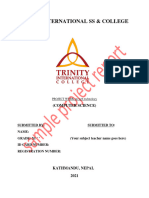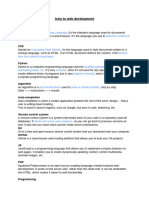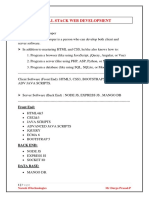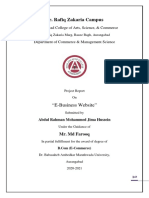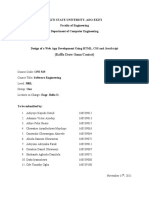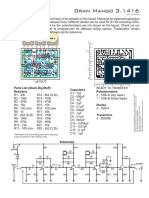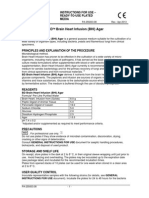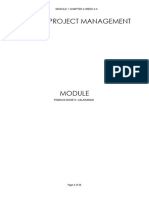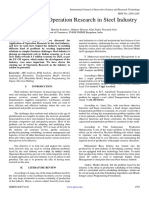0% found this document useful (0 votes)
39 views18 pagesWeb Development Project
The document outlines a web development project titled 'WEB DEVELOPMENT' by Rhythm Anand, submitted to Balram Sir. It includes acknowledgments, an abstract on web development technologies like HTML and CSS, and instructions for creating a profile card using Visual Studio Code. Additionally, it details software and hardware requirements for running web applications and provides a basic guide for setting up a project environment.
Uploaded by
00manjeet008Copyright
© © All Rights Reserved
We take content rights seriously. If you suspect this is your content, claim it here.
Available Formats
Download as DOCX, PDF, TXT or read online on Scribd
0% found this document useful (0 votes)
39 views18 pagesWeb Development Project
The document outlines a web development project titled 'WEB DEVELOPMENT' by Rhythm Anand, submitted to Balram Sir. It includes acknowledgments, an abstract on web development technologies like HTML and CSS, and instructions for creating a profile card using Visual Studio Code. Additionally, it details software and hardware requirements for running web applications and provides a basic guide for setting up a project environment.
Uploaded by
00manjeet008Copyright
© © All Rights Reserved
We take content rights seriously. If you suspect this is your content, claim it here.
Available Formats
Download as DOCX, PDF, TXT or read online on Scribd
/ 18




















